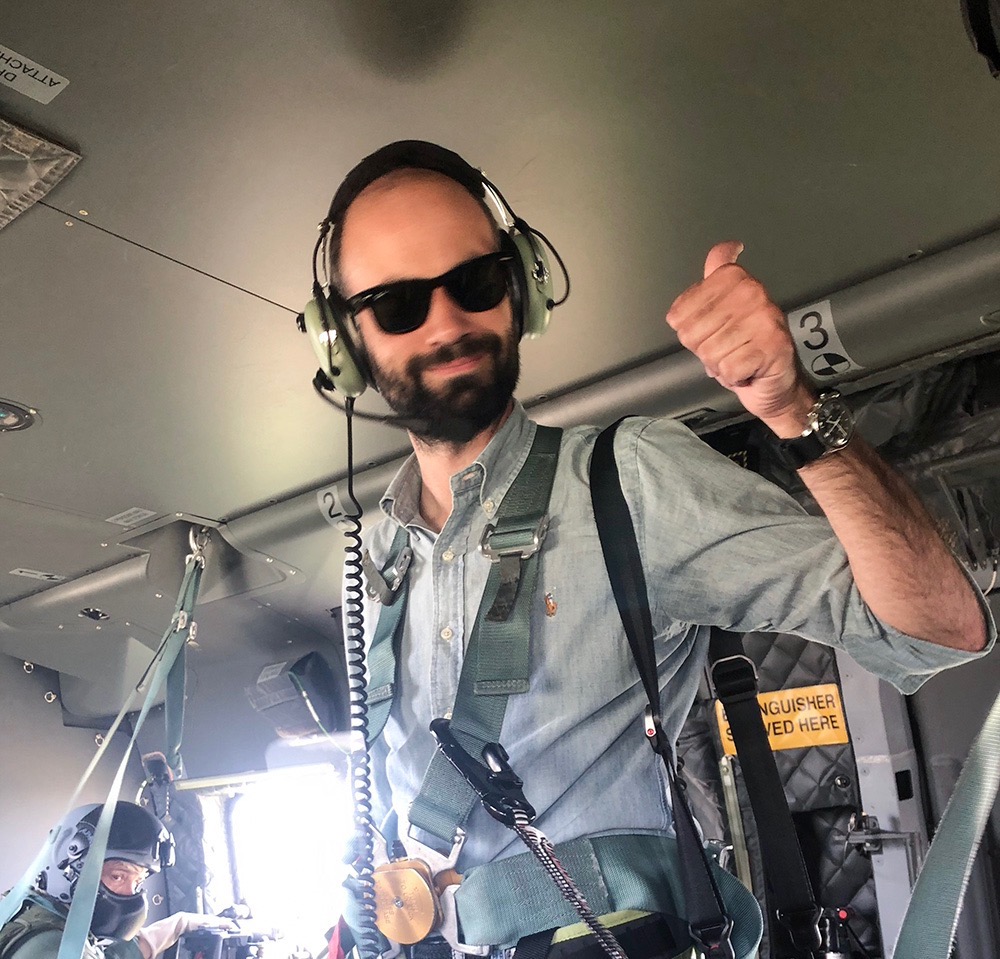Lartigue: The Photographer Obsessed with Speed
- Alessandro Barteletti

- Apr 1, 2021
- 3 min read
Updated: Apr 3, 2021
Photo by Jacques Henri Lartigue
© Ministère de la Culture (France), MAP-AAJHL

Stop the moment, capture the movement, freeze and yet illustrate the speed. If you think about it, photography is a great paradox. And yet, for over a hundred years, still and silent frames have been telling us of the heroic deeds and risks of drivers and their tempestuous motor vehicles.
It is in the face of an apparently impossible challenge that the inspiration arises.
And the challenge - even if it were "capturing" an elusive racing car in the narrow margins of a frame - is what has ignited ingenuity and stimulates human creativity from the very beginning. This page was created to celebrate photographers who aim, or have pointed, their lens towards the world of motorsport. True authors who have contributed to writing its history by knowing how to grasp the right "fractions of a second". In other words, to imprint in our minds and hearts those moments that ignite and unleash passion.
There is one photograph in particular, which has become a real icon and many consider the beginning of everything.
It dates back to the 1910s and portrays a racing car. The extraordinary fact is that - perhaps for the first time - a static image is able to convey a sense of speed. How? It's a story worth telling. The creator is a young and multitalented boy from the French upper class who responds to the name Jacques Henri Lartigue (1894-1986): he is not even twenty when he takes the image that will put him - although he never considers himself a real professional - among the greats of photography.
Painter, photographer, writer but above all artist and experimenter, Lartigue grows obsessed with mechanics in all its forms.
At the age of seven he receives his first camera, at the age of nine he attends a car race for the first time, and at the same time his brother engages in the construction of flying cars in the basements of the family castle. Whether it was a car or an airplane, Jacques Henri is literally bewitched by those modern mechanical creatures. And so he photographs them.
His most famous shot is an imperfect image.
It is cut, moved and distorted, but it owes its notoriety to this. To the point that - it is said - the same author initially does not even take it into consideration, not understanding how pioneering his actions were when car number 6 passed. Laying at the edge of the road, Lartigue follows the movement of the car in front of him with his 4x5" film camera. A big little miracle: Lartigue improvises the technique that is still used today to express the sense of movement in a photograph. It is called "panning" and consists of the use of a rather long exposure time and in following with the camera the movement of a subject during its run: if the photographer's hand is sufficiently steady and its movement well synchronized, it will define the car’s movement.
But there is a fact that makes Lartigue's photography even more special and distinctive.
The spectators in the background are leaning to the left, as if they wanted to remain still at that point. The car is instead projected to the right, with the wheel that looks like an ellipse, emphasizing its pace. The deformation is actually a technical phenomenon known as the rolling shutter, accentuated by its large format camera, but this is of little consequence: unnatural but at the same time hypnotic and fascinating, the distortion seems to reaffirm once again the obsession of the French photographer for the speed.
On the sidelines of the story, there is also yellow on the actual shooting date.
Lartigue traces the image back to the 1912 French Grand Prix. By carefully observing the car, subsequent studies argue instead that it is the 1913 edition: the car portrayed looks like René Croquet's Schneider, tenth at the finish line. It’s a little mystery that will probably remain unsolved forever. It matters little. With this shot Lartigue has worked his magic. Because photography basically does this: it stops a moment and makes it eternal.




This is one of my favorite automotive photographs of all time and definitely one of my inspirations. Lartigue's work in general is inspiring and also one of the reasons that I have and shoot still with a 1911 Graflex SLR. It's a cumbersome and slow camera to use but there's magic in there if you are lucky enough...